Fall is fast approaching, and a bird’s needs, like a human’s, change with the season. What they’re looking for in a warmer season like summer may not be what they want (or need) come autumn. How do you adapt your bird-feeding routine accordingly? We’ll show you a few fall feeding tips that will keep your local birds happy, healthy, and visiting your yard all season.
Choose the Right Seed for the Season
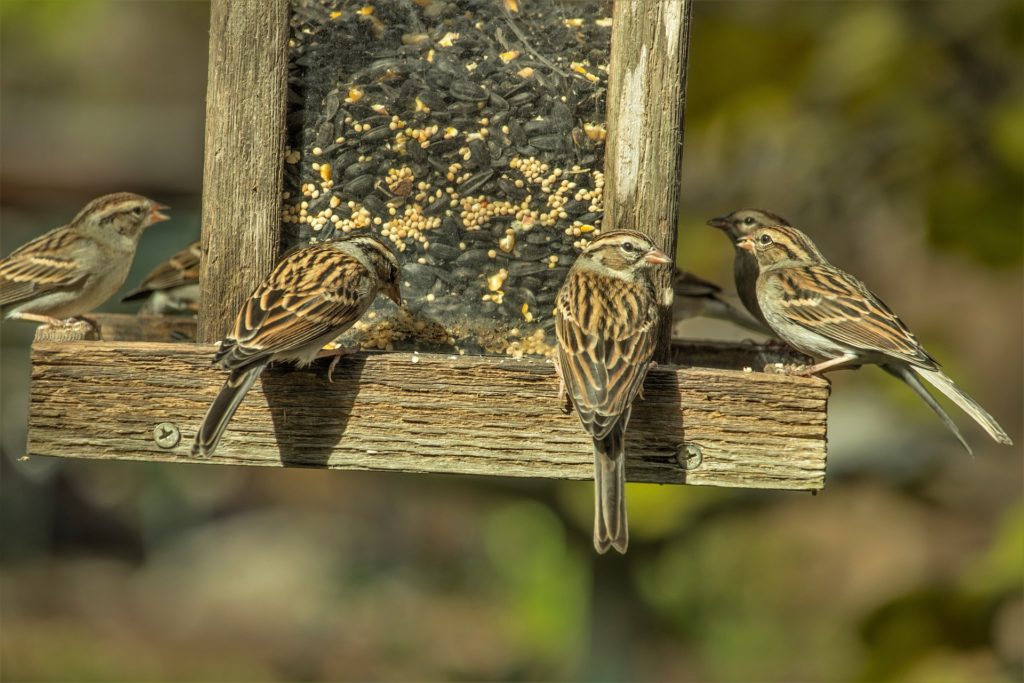
Let’s start with your seed mix. During fall, birds are either migrating or getting ready to, and they’re searching for food to fuel them. Look for bird seed mixes with nutrient-dense ingredients like black oil sunflower seeds, Nyjer seeds, safflower seeds, and peanuts. And don’t skimp on quality: look for premium mixes, like our Big Bear Blend, at specialty wild bird supply stores, as these contain a significantly higher percentage of fat, and are often non-GMO, human-grade, and filler- and pesticide-free for an optimal nutrient source for birds. These seed mixes will give birds the high-quality source of sustained energy they need to fly long distances and withstand cooler weather. And don’t forget the nectar-eating birds like orioles and hummingbirds! They’ll need energy too, so put out an oriole bird feeder or hummingbird feeder with some homemade nectar (hold the red dye).
Offer High-Fat, High-Protein Food
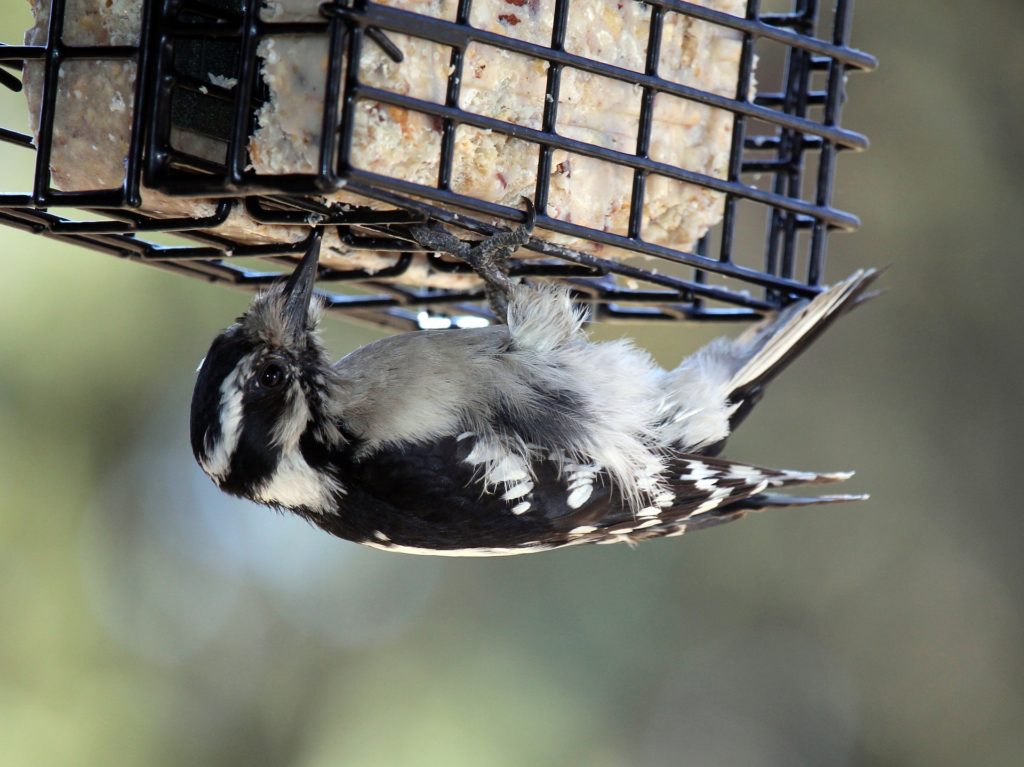
Along with premium bird seed mixes, suet is an excellent source of protein and fat for birds. Suet is made with an animal-fat base that is then “flavored” with ingredients like berries, insects, and other bird favorites. It provides a sustained source of energy, and is ideal for year-round bird feeding, but especially in the fall and winter. Most suet comes in cakes, blocks, or balls. Special suet feeders are used so that birds can access the suet but squirrels and other critters can’t.
Another protein-packed food that birds love is peanut butter. Many backyard birders use it because birds love it! It’s also good for them, as it contains important nutrients that birds need, like iron, potassium, and calcium. However, not all peanut butters are made equal: make sure to choose a natural or organic version with less additives.
Keep Feeders Full and That Birdbath Warm!
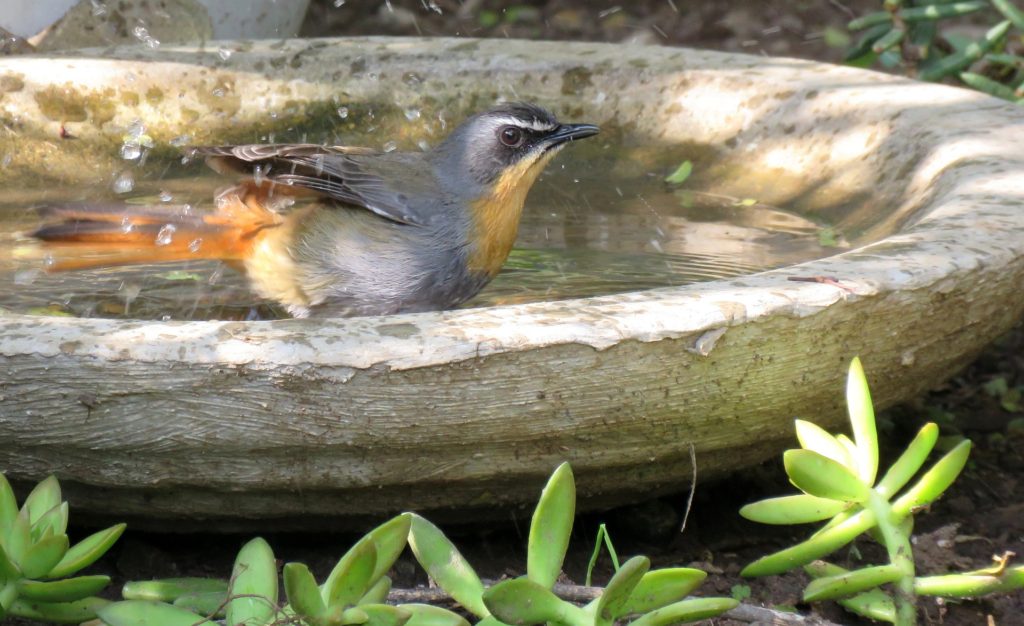
Now’s not the time to be wishy-washy—the birds are watching! In fact, many of them are scouting for reliable places to fuel up as the weather gets cooler. Consistently keeping your feeders full* is so important right now, as birds will remember fair-weather feeders and avoid coming back if you leave a feeder barren for more than a few days. Then when winter hits, they’ll fly right by your yard, looking for cold-weather fuel elsewhere.
Birds also need water in all seasons—not just the warm ones—to drink and bathe. Your yard will become even more attractive to birds if you add a water feature like a fountain or birdbath. Fresh, clean water is a must, so the water will need to be changed every couple of days. And if your fall weather is cold enough, consider switching to a heated birdbath, which will keep the water from freezing.
Watch Out for Squirrels
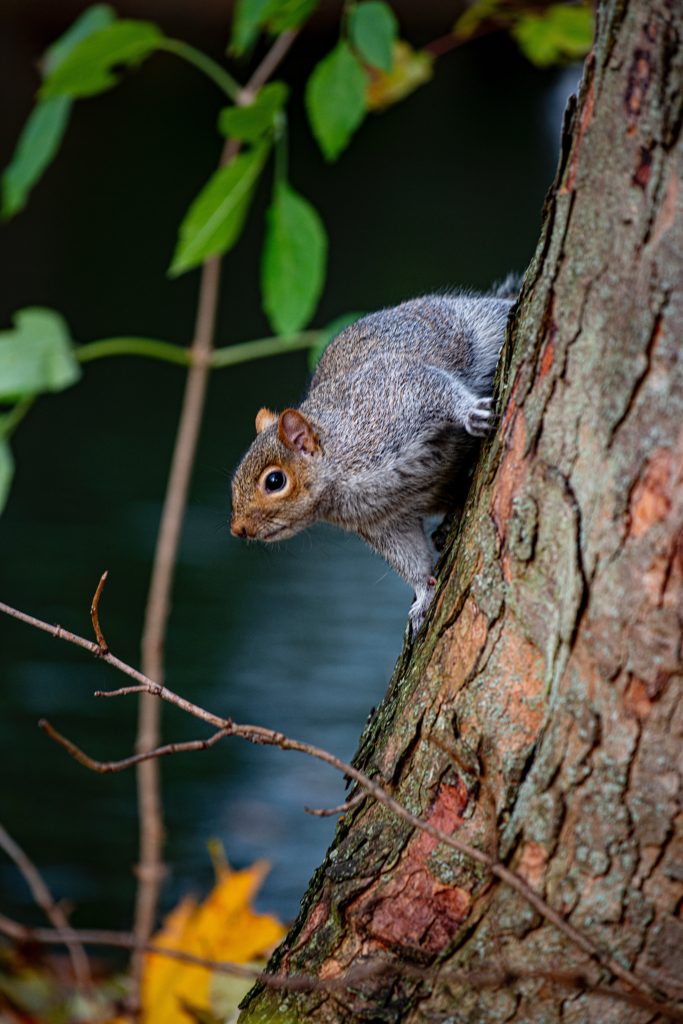
Autumn is a foraging time for squirrels. They’re looking to get their paws on any juicy morsels they can find—including your bird food. Just how do you deter squirrels from bird feeders in a safe, but effective, manner? There are a few ways. First, you can prevent access to your feeders using one or more baffles. A baffle is a cover that you can place above or below bird feeders to keep squirrels and rodents away. Baffles can be used on both hanging and pole-mounted bird feeders.
Squirrel-proof bird feeders are made especially to foil the food-stealing plans of these furry little bandits. It’s funny to see squirrels try, again and again, to bypass the mechanics of one of these feeders. You can stay entertained for hours watching squirrels twirl through the air (safely) again and again, trying but failing to get some bird food.
Are you more of an “all nature can feed at my table” kind of person? Then you may choose the third way to keep squirrels away from feeders: distract them with their own food! Set up a squirrel feeder far away from your bird feeder, and enjoy watching the wildlife feed on all sides.
Want More Bird-Feeding Tips?
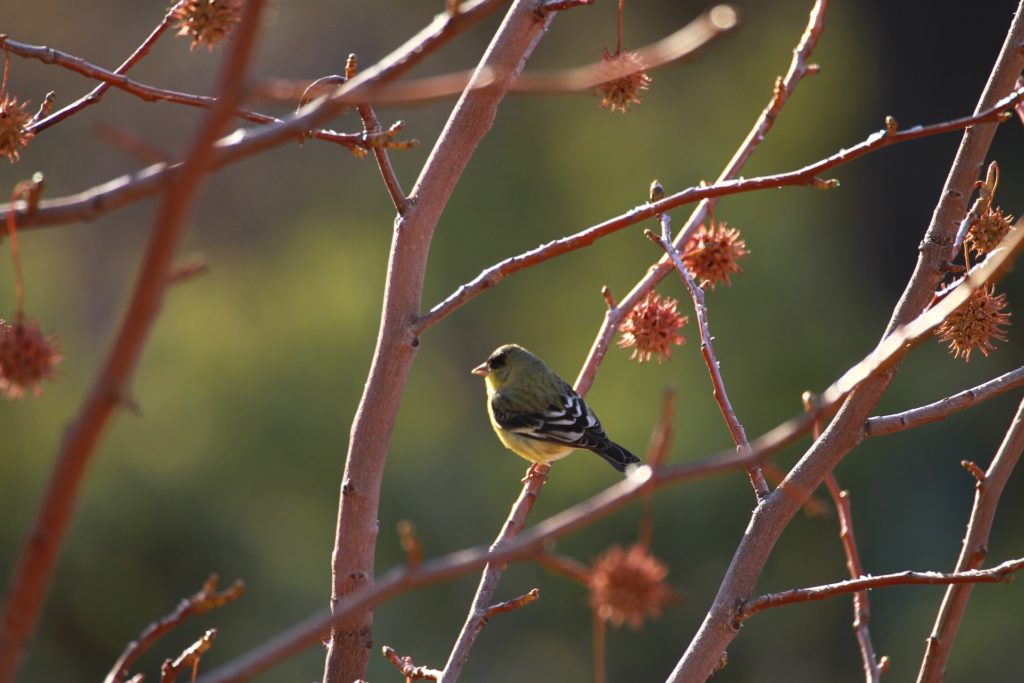
Expand your bird knowledge! Attend one of Chirp’s bird walks or bird talks—both of which are available live and virtually. Get the schedule here. We’re always looking for new friendly faces to join us!



One comment
I wonder the usual wisdom about keeping squirrels away from bird feeders instead of putting extra food out because of the loss of squirrels due to an epidemic that killed a majority of them in Big Bearp a few years ago. I literally only see a couple of them in my area. I relish their precious presence, knowing their presence is tenuous here. My few chipmunks had a couple of babies that I enjoy watching run around my front porch area with the big oak tree trunks they run up and down on. I’m sorry to say that I have not seen any baby squirrels, tree or ground. The chipmunks and jays peer through my front window and door when the peanuts are gone from the porch rail to let me know they are hungry. There are also a couple of ground squirrels under my front porch slab. I put enough food out for all of them to share. The window suet and hummingbird feeders give me and my dogs a second tv screen showing all natural viewing.
My point is that keeping food away from squirrels in our area may be a mistake. Perhaps we should be trying to encourage their ability to expand their communities and let areas with overpopulated squirrel communities discourage overfeeding. I think having blanket rules that don’t take into account disastrous changes of nature make no sense.